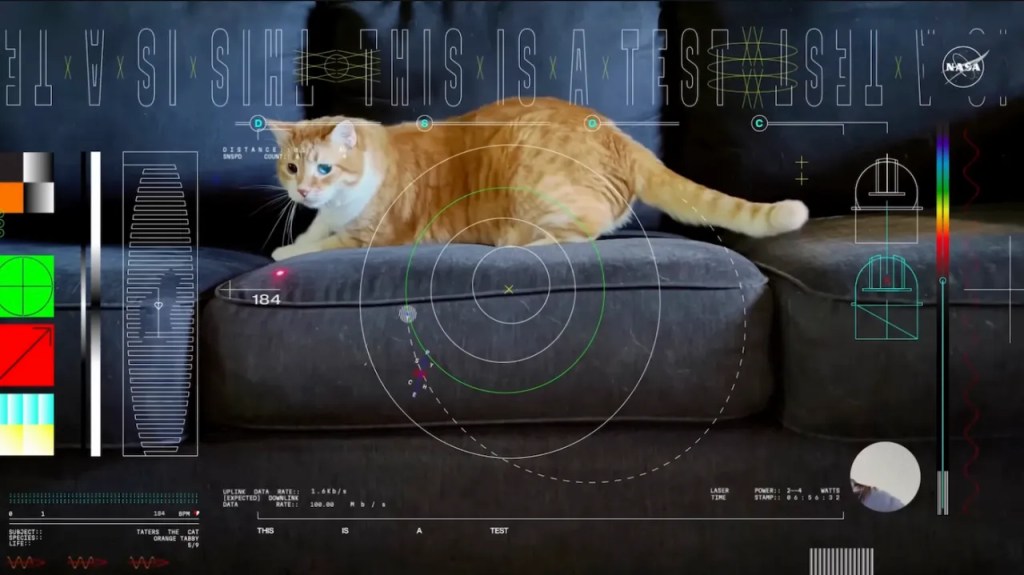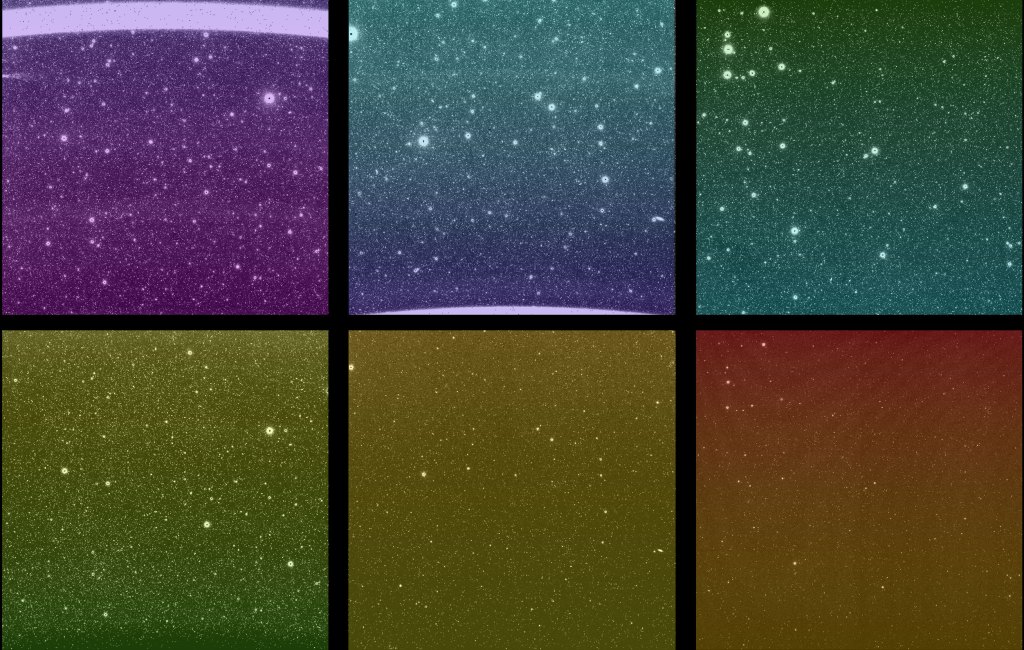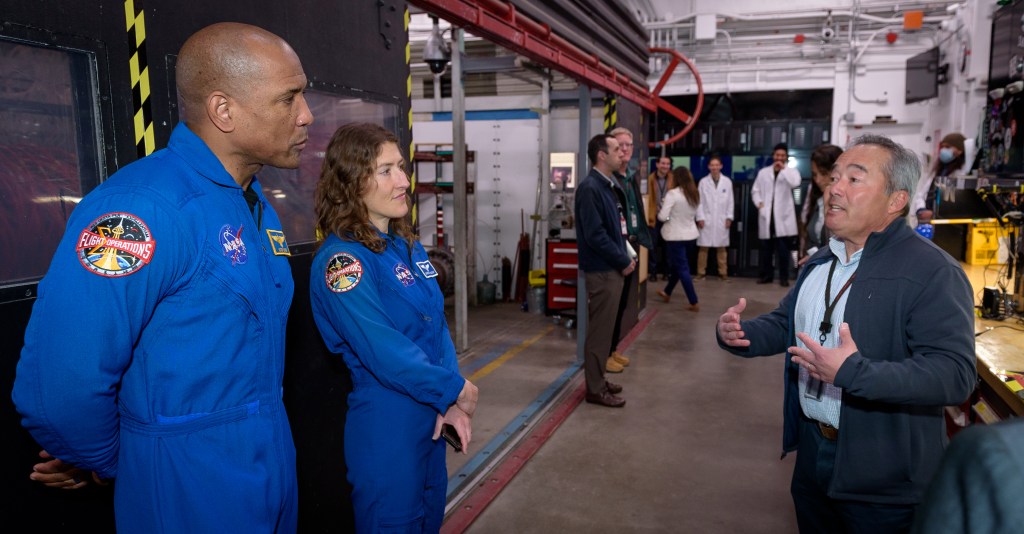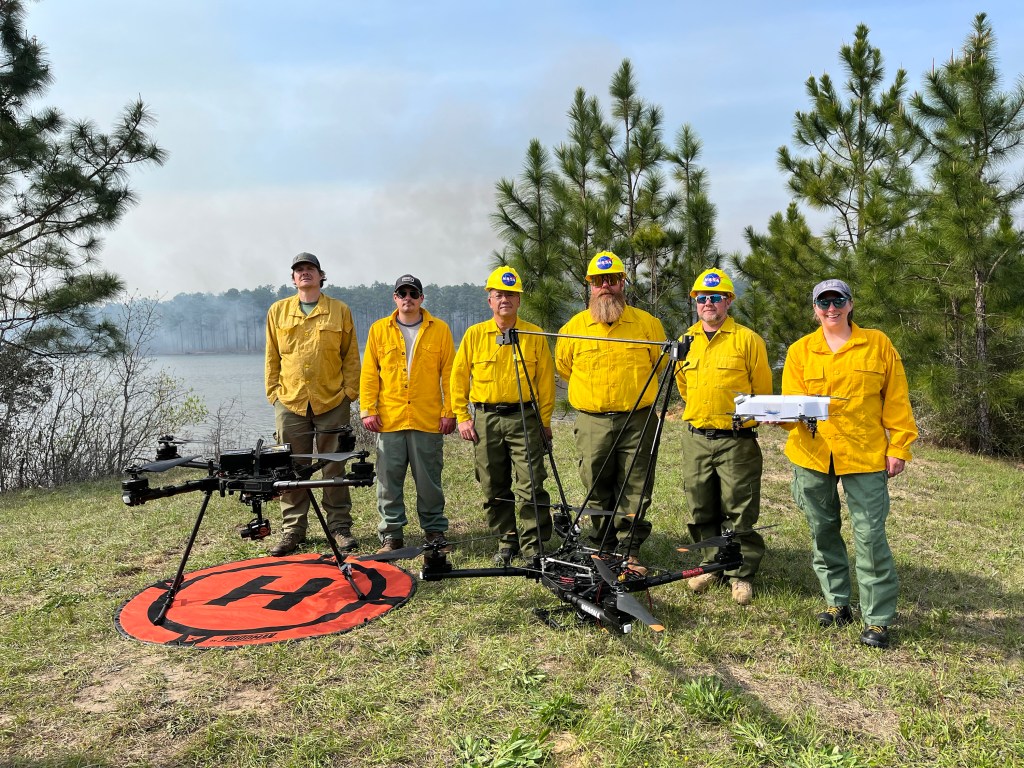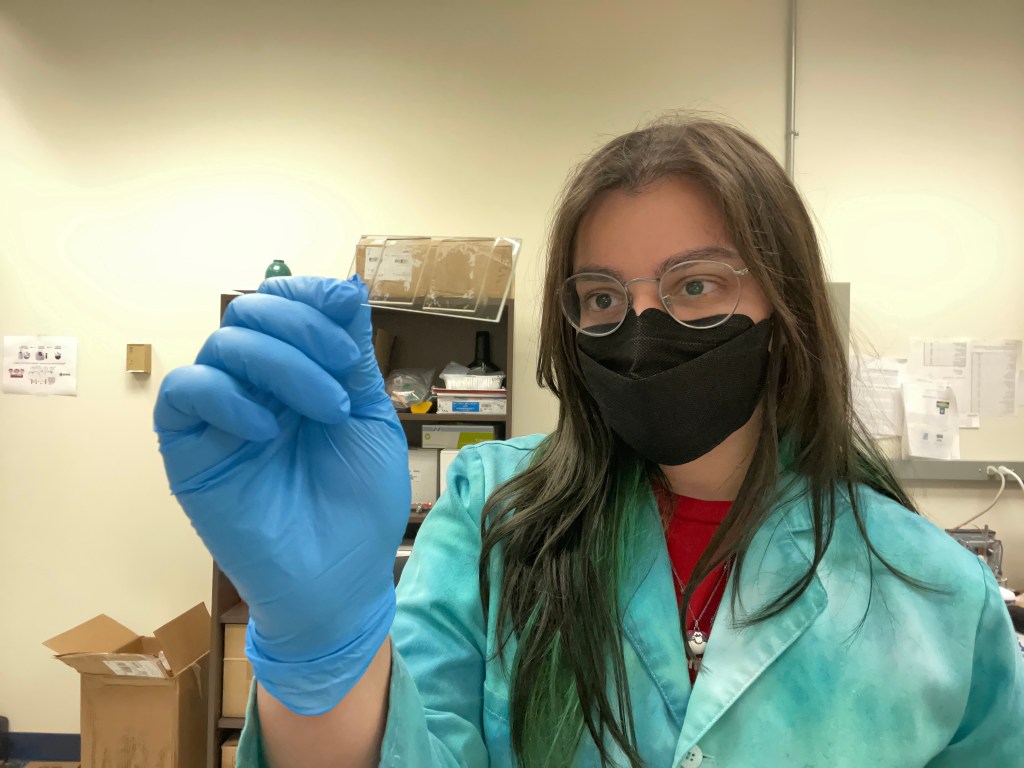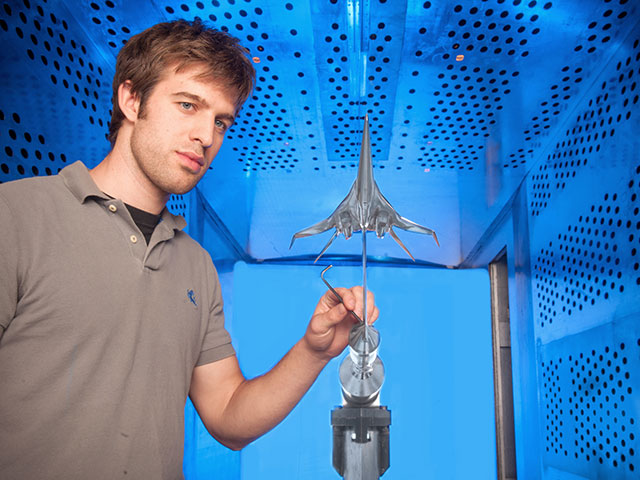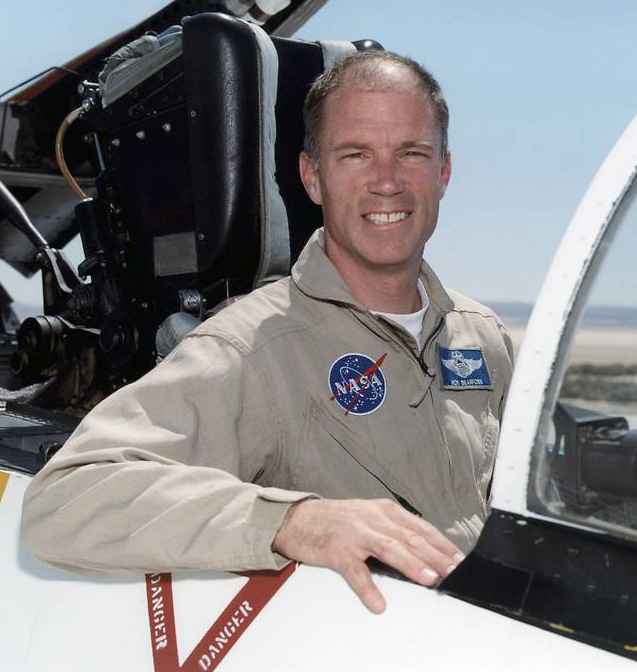
Richard A. Searfoss
NASA Pilot
Richard A. Searfoss became a research pilot in the Flight Crew Branch of NASA’s Dryden (now Armstrong) Flight Research Center, Edwards, CA, in July 2001. He brought to Dryden more than 5,000 hours of military flying time and 939 hours in space. Searfoss left NASA for the private sector in February 2003.
Searfoss served in the U.S. Air Force for more than 20 years, retiring with the rank of colonel. Following graduation in 1980 from Undergraduate Pilot Training at Williams Air Force Base, AZ, Searfoss flew F-111s at RAF Lakenheath, England, and Mountain Home Air Force Base, ID. He attended the U.S. Naval Test Pilot School, Patuxent River, MD, as a U.S. Air Force exchange officer in 1988. He was an instructor pilot at the U.S. Air Force Test Pilot School, Edwards Air Force Base, CA, when selected for the astronaut program in January 1990.
Searfoss became an astronaut in July 1991. A veteran of three space flights, Searfoss has logged 39 days in space. He served as STS-58 pilot on the seven-person life science research mission aboard Space Shuttle Columbia, launching from NASA’s Kennedy Space Center, FL, on Oct. 18, 1993, and landing at Edwards Air Force Base, CA, on Nov. 1, 1993. The crew performed a number of medical experiments on themselves and 48 rats, expanding knowledge of human and animal physiology.
Searfoss flew his second mission as pilot of STS-76 aboard the Space Shuttle Atlantis. During this nine-day mission, which launched March 22, 1996, the crew preformed the third docking of an American spacecraft with the Russian space station Mir. The crew transported to Mir nearly two tons of water, food, supplies, and scientific equipment, as well as U.S. Astronaut Shannon Lucid to begin her six-month stay in space. Completing 145 orbits, STS-76 landed at Edwards Air Force Base, CA, on March 31, 1996.
Searfoss commanded a seven-person crew on the STS-90 Neurolab mission launched on April 17, 1998. The crew served as both experiment subjects and operators for life science experiments focusing on the effects of microgravity on the brain and nervous system. STS-90 was the last and most complex of the 25 Spacelab missions. Completed in 256 orbits, STS-90 landed at Kennedy Space Center, FL, on May 3, 1998.
Searfoss is a 1978 graduate of the U.S. Air Force Academy with a bachelor of science degree in aeronautical engineering. He earned a master of science degree in aeronautics from the California Institute of Technology on a National Science Foundation Fellowship in 1979. He holds FAA Airline Transport Pilot, glider, and flight instructor ratings.

